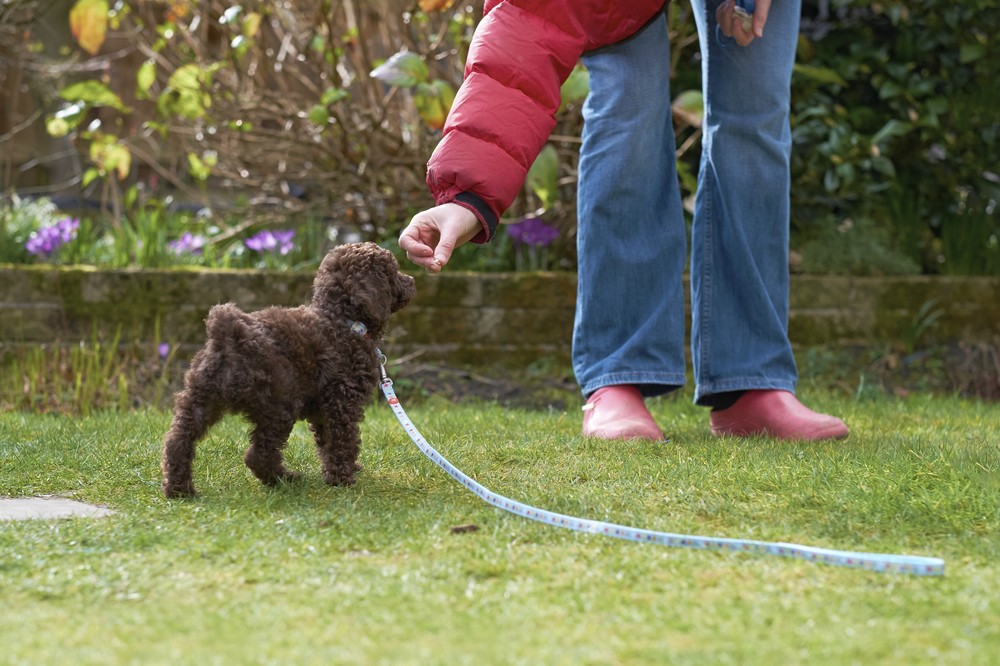Clear communication and clarity are really important in dog training. The more clear we can be with our dogs, the faster they can learn what we want. One area that can sometimes get a little messy is marking behaviors. Most trainers understand that the correct behavior should get some kind of marker, like a click or a verbal marker such as "yes". But often, novice (and sometimes advanced, too!) trainers will mark and move all at the same time. However, it's very important that we isolate that marker cue!
While doing a chicken camp with Terry Ryan, she would always say "click THEN treat." What trainers often are told is "click and treat" or "mark and treat", but if you specify "mark THEN treat", it makes sense to put a pause in there.
So why is this important? Does it really matter?
Well, yes, it does.
Because dogs communicate primarily through body language, they are experts when it comes to reading body language. For this reason they notice very subtle body language cues. If you've ever done agility, you've likely been told that your motion and body language will override verbals cues in most situations. (If you spend a lot of time training verbals, this may not apply, but we won't go there since most agility trainers don't spend a ton of time on verbals without supporting body language.) I know that there have been times that I have been running toward the tunnel yelling "teeter! Teeter!" and my dog didn't shoot across the ring to find the teeter, but instead took the tunnel.
My point is, dogs will notice body language (movement) way before the verbal cue registers. In regards to reward markers, it's sometimes difficult for the dog to determine exactly what the marker is. If you reach toward your pocket every time you say "yes", what does the dog think the verbal marker is? Is it reaching into your pocket? It is your hand twitching preparing to reach into your pocket? Most likely your dog is noticing these movements and linking them to the reward. We often talk about how important good timing is in dog training, but if you're not sure what exactly your dog is reading as your reward marker, it's pretty hard to have good timing!
What Does It Mean to Isolate Your Marker Cue?
Let's look at an example. One common behavior that obedience and rally people train is eye contact. In order to teach a dog to look at your face, your timing has to be really good. At first the dog will often quickly glance at your face, and if you are too slow to mark, you accidently say "yes" as the dog looks away from you. Not good!
Furthermore, if you say "yes" and move to reward at the same time, the dog is going to pick up on your body movement before the verbal and will be glancing toward your hand when you say yes. If this happens, you just marked your dog for looking away from you! Definitely not what we want.
In the following video, I am not doing a good job marking THEN moving to reward. When I slow the video down, do you see how I'm actually marking my dog looking away from me?? Not good, but SO incredibly common!
Isolating Your Marker Cue (The Right Way)
Now take a look at this video. Here I am thinking: mark, pause, move to reward. Remember click THEN treat, not click AND treat (Thank you Terry Ryan!).
I don't mind that Excel is looking away AFTER I've said yes. What I'm concerned about is where he is looking WHEN I say yes. In the first video, when I marked the behavior, he was looking away from me. In the second video, he was looking right at me every time I said yes.
Can your dog learn if your reinforcement strategy is messy? Yes, absolutely! But if you isolate your marker cue, you will have clearer communication with your dog, which will allow behaviors to progress much faster and with less frustration.
